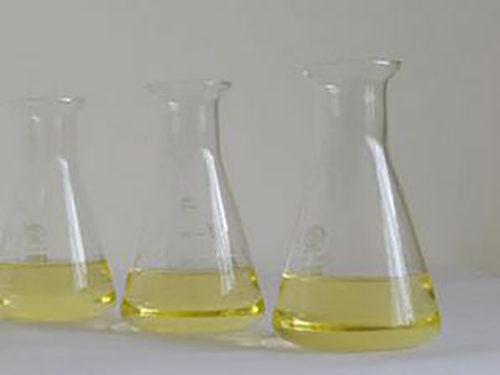coagulation and flocculation
Coagulation and Flocculation Techniques for Water Treatment
Water is one of our most precious natural resources, and its quality is crucial for human health and environmental sustainability. Among the various techniques employed to ensure clean water supply, coagulation and flocculation stand out as fundamental processes in water treatment. These methods are essential in removing impurities, such as suspended solids, turbidity, and microorganisms, from water sources to produce potable water.
Understanding Coagulation
Coagulation is the process by which small particles are aggregated into larger clusters or flocs. This process typically occurs when a coagulant is added to water. Common coagulants include aluminum sulfate (alum), ferric chloride, and polyaluminum chloride. These chemicals work by neutralizing the charge on suspended particles, which are usually negatively charged due to the presence of organic matter and other contaminants. The neutralization reduces the electrostatic repulsion between the particles, allowing them to come together and form larger aggregates.
The effectiveness of coagulation depends on several factors, including the type and dosage of coagulant, pH of the water, temperature, and the specific characteristics of the particles being treated. Coagulation is often the first step in the water treatment process, and its efficacy can significantly impact the subsequent stages of treatment.
The Flocculation Process
After coagulation, the next step is flocculation, which involves the gentle mixing of water to encourage the newly formed flocs to grow larger. During this stage, the water is stirred at a slower speed, allowing the aligned flocs to collide and form larger aggregates, which can be more easily removed from the water. Flocculants may also be added to promote the growth of flocs; these are substances that increase the binding of particles and enhance the settling process.
Flocculation can be achieved through various devices, including flocculation basins or tanks equipped with mechanical stirrers
. The process's goal is to produce sufficiently large flocs that can be separated from water in the subsequent sedimentation or filtration stages.coagulation and flocculation

Importance in Water Treatment
The combination of coagulation and flocculation plays a crucial role in improving water quality. These methods effectively reduce turbidity, which is a measure of how clear water is and indicates the presence of suspended particles. High turbidity levels can harbor microorganisms, making water unsafe for drinking. By removing these particles, coagulation and flocculation decrease the risk of waterborne diseases caused by pathogens such as bacteria, viruses, and parasites.
In addition to safeguarding public health, the removal of suspended solids through these processes also protects water treatment infrastructure. High levels of particles can lead to equipment wear and reduced efficiency in downstream processes, such as filtration and disinfection. Therefore, coagulation and flocculation not only enhance water quality but also contribute to the longevity of water treatment systems.
Environmental Implications
The impact of coagulation and flocculation extends beyond human health; these processes also have environmental implications. Effectively treating wastewater is essential for reducing the nutrient load and pathogenic risks when effluent is discharged into natural water bodies. By optimizing coagulation and flocculation processes, treatment facilities can mitigate adverse environmental impacts, preserving aquatic ecosystems and promoting sustainable water management.
Conclusion
In summary, coagulation and flocculation are vital processes in water treatment, providing a cost-effective and efficient means of preparing water for consumption and protecting both public health and the environment. As water quality regulations become stricter and the global demand for clean water increases, the importance of these techniques will only grow. Continuous research and advancements in coagulant and flocculant technologies will enhance these processes, ensuring that our water supply remains safe and reliable for future generations. Through understanding and optimizing coagulation and flocculation, we take important steps towards a sustainable and healthy world.
-
Pbtc Scale InhibitorPBTC: A Scale Protector for Industrial Water TreatmentNewsAug.05,2025
-
Organic Phosphonate: An Efficient Defender in the Field of Scale InhibitionNewsAug.05,2025
-
Hydrolyzed Polymaleic Anhydride: Green Pioneer in Scale Inhibition FieldNewsAug.05,2025
-
PAPEMP Polyamino Polyether Methylene Phosphonic Acid For SaleNewsAug.05,2025
-
Flocculant Water Treatment: A Pioneer in Purification in the Field of Water TreatmentNewsAug.05,2025
-
Benzyl Isothiazolinone: An Efficient and Broad-Spectrum Antibacterial Protective GuardNewsAug.05,2025





